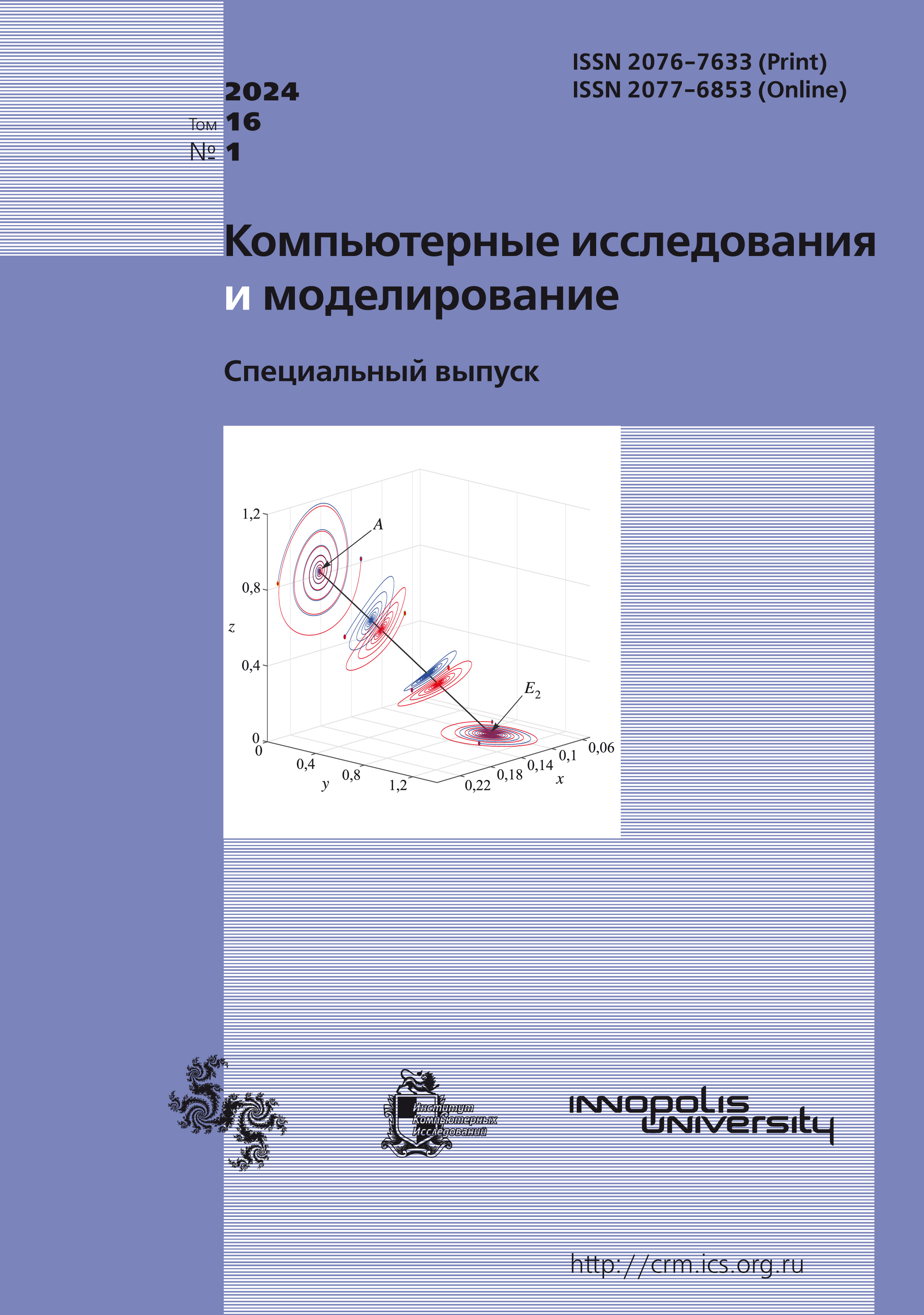All issues
- 2025 Vol. 17
- 2024 Vol. 16
- 2023 Vol. 15
- 2022 Vol. 14
- 2021 Vol. 13
- 2020 Vol. 12
- 2019 Vol. 11
- 2018 Vol. 10
- 2017 Vol. 9
- 2016 Vol. 8
- 2015 Vol. 7
- 2014 Vol. 6
- 2013 Vol. 5
- 2012 Vol. 4
- 2011 Vol. 3
- 2010 Vol. 2
- 2009 Vol. 1
Dynamical trap model for stimulus – response dynamics of human control
 pdf (1615K)
pdf (1615K)
We present a novel model for the dynamical trap of the stimulus – response type that mimics human control over dynamic systems when the bounded capacity of human cognition is a crucial factor. Our focus lies on scenarios where the subject modulates a control variable in response to a certain stimulus. In this context, the bounded capacity of human cognition manifests in the uncertainty of stimulus perception and the subsequent actions of the subject. The model suggests that when the stimulus intensity falls below the (blurred) threshold of stimulus perception, the subject suspends the control and maintains the control variable near zero with accuracy determined by the control uncertainty. As the stimulus intensity grows above the perception uncertainty and becomes accessible to human cognition, the subject activates control. Consequently, the system dynamics can be conceptualized as an alternating sequence of passive and active modes of control with probabilistic transitions between them. Moreover, these transitions are expected to display hysteresis due to decision-making inertia.
Generally, the passive and active modes of human control are governed by different mechanisms, posing challenges in developing efficient algorithms for their description and numerical simulation. The proposed model overcomes this problem by introducing the dynamical trap of the stimulus-response type, which has a complex structure. The dynamical trap region includes two subregions: the stagnation region and the hysteresis region. The model is based on the formalism of stochastic differential equations, capturing both probabilistic transitions between control suspension and activation as well as the internal dynamics of these modes within a unified framework. It reproduces the expected properties in control suspension and activation, probabilistic transitions between them, and hysteresis near the perception threshold. Additionally, in a limiting case, the model demonstrates the capability of mimicking a similar subject’s behavior when (1) the active mode represents an open-loop implementation of locally planned actions and (2) the control activation occurs only when the stimulus intensity grows substantially and the risk of the subject losing the control over the system dynamics becomes essential.
Copyright © 2024 Lubashevsky I.A., Lubashevskiy V.I.
Indexed in Scopus
Full-text version of the journal is also available on the web site of the scientific electronic library eLIBRARY.RU
The journal is included in the Russian Science Citation Index
The journal is included in the RSCI
International Interdisciplinary Conference "Mathematics. Computing. Education"






